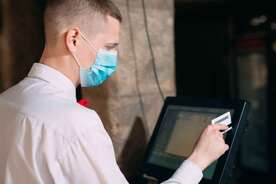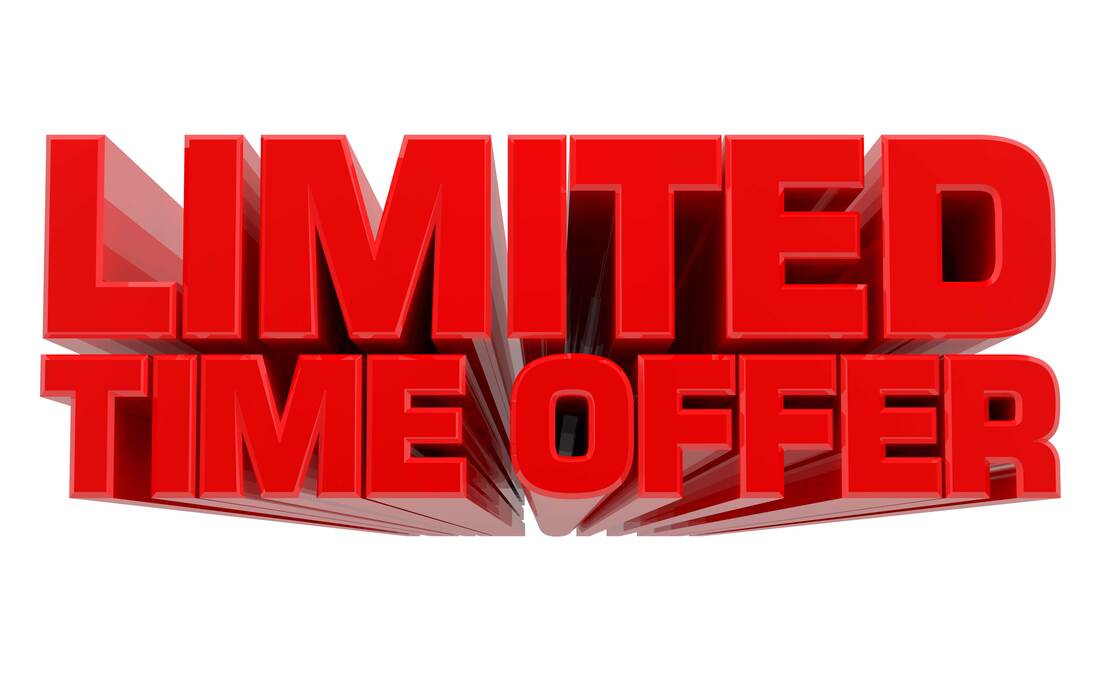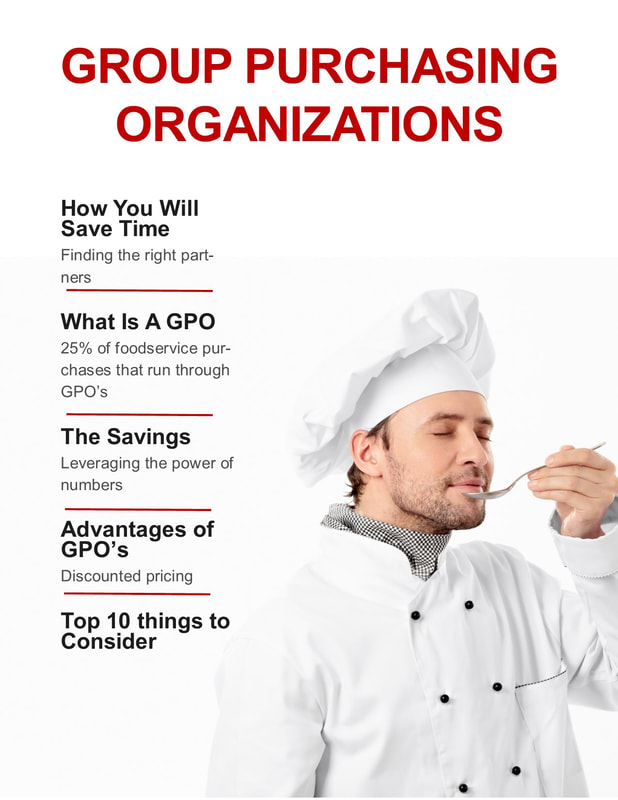 The limited-time offers you provide can help you tempt guests who want to take advantage of the scarcity of a meal item that won’t last for long, test new ideas that might deserve to be on your menu for the long term, and reward the guests who have been your most loyal supporters. According to Technomic research, the most craveable LTOs tend to be comforting, indulgent foods. However, if you build offers that deliver on the specific feedback your most loyal guests provide, your LTO lineup has the best chance of strengthening – and becoming an extension of – your relationships with these guests. Every time they place an order with you, consider it an opportunity to learn about their preferences. What are their favorite menu items? What doesn’t work for them? What do they wish you would offer? How can you make them feel like their feedback matters to you – and that they are part of an exclusive club? For example, could you invite them to vote for their preferred LTO, have them sample the contenders, or provide them with early access to the one you decide to promote?  Loyalty has become coveted currency for restaurants angling for guests – and at a time when loyalty programs have become so widespread, restaurants are testing creative strategies to entice new sign-ups. McDonald’s, for one, is raising the stakes in a way that is likely to be imitated by other restaurants and even other businesses, such as supermarkets, that compete with restaurants. During the month of December, the brand launched its Gold Card Promotion, whereby it gave away three gold cards (along with three additional gold cards for each winner that can be given to friends and family). Holders of the gold cards are entitled to free McDonald’s meals, worth up to $10 per meal, twice per week for 50 years. All a person had to do to enter to win a gold card was download the McDonald’s app, enroll in the rewards program and make one purchase during the gold card promotion period from Dec. 5 through Christmas. As a recent Forbes report implied, the promotion hinted of the gold-ticket fever on display in Charlie and the Chocolate Factory – and that’s probably the idea. Expect companies to raise the stakes in the coming months when it comes to loyalty by taking more extreme, newsworthy steps to attract attention and change the lives of just a few people – in exchange for collecting a whole lot of valuable data about a much larger segment of the population.  Restaurant operators have been offering more limited-time offers (LTOs) this year than last year – and according to Datassential research, 54 percent of operators say they are a central part of their business. In uncertain economic times, they can be a valuable tool for gaining control, enabling operators to test new menu items, make use of limited ingredients amid supply chain strains, and simply have something new, interesting and urgent to offer and promote to guests. The fall months tend to feature a litany of LTOs at restaurants, but the season shouldn’t dictate your plans. Datassential advises operators to think beyond seasonal ingredients when planning LTOs, opting for fresh, high-quality ingredients or new flavors before items that people typically associate with the season. Consider having guests themselves vote for their favorite LTO or invite them to provide feedback about items you’re testing – it can help you not only secure guest buy-in but also offer an experience that will better connect them to your brand. Use LTOs as opportunities to upsell profitable items on your menu – like a specialty cocktail that pairs well with the LTO and can be promoted alongside it. Finally, it’s most important to build LTOs that suit not only the guest but also the times: Make sure your offers are foolproof to prepare with the staff, skills and ingredients you have on hand.  In the past four decades, the U.S. has experienced six recessions – but only two of them precipitated a decline for the foodservice industry. While the industry is facing strains, a restaurant downturn is far from certain. As a recent Technomic report indicated, the foodservice industry has some built-in resilience because of the segments of the population it serves (education and healthcare, for example) and because it is designed to offer convenience and experiences – benefits that consumers will seek in both good times and bad. What’s more, consumers are not finding less expensive meals at grocery stores right now, so why not skip the at-home food prep and get a more interesting dining experience from a restaurant? Still, steady sales aren’t a given for restaurants in this environment and value will continue to be of high importance to consumers. Expect guests to scrutinize any unexpected fees on the bill. Delivered food may feel like an extravagance, so provide offers that make curb-side pickup or onsite dining convenient and appealing. Look at your menu and roster of limited-time offers and make sure you’re offering something memorable and different. Double down on your menu cost analysis so every item is profitable but doesn’t feel overpriced to the consumer. Does your loyalty program look different now than it did in February? It should. The kinds of promotions that were central to your loyalty program back then – along with your method of operating your program – might come across as inappropriate now. It’s especially critical that you’re using your loyalty program to fuel the parts of your business that need support in the current environment and to collect information about how, when and what your customers are ordering. This will help you to keep business coming in now and provide a more secure bridge to operating post-pandemic. So what do you want people to know about your restaurant? In what areas of your business do you want to build awareness and generate more sales? Your loyalty program is a great vehicle for directing customer focus. Incentivize people to place their order via your website or app and pick it up curbside. Integrate contactless payment with your loyalty program so you’re automatically generating data (and at a time when safety is the new hospitality, also ensuring your guests don’t have to swipe a physical card to earn points). Increase the appeal of your program by creating joint offerings with partner businesses and offering more flexible terms. Stay in contact through email and social media – posting daily on social media is important for awareness right now – and make sure to promote your safety practices.
To be sure, there are plenty of gloomy news headlines about the restaurant industry right now – and more than ever, restaurants need the support of their communities to recover. But at a time when it is easy to feel overwhelmed by the multitude of challenges standing in the way of rebuilding business, take heart in the examples of operators who are somehow doing better than ever right now. They are succeeding, seemingly, through a combination of letting go of ego, ignoring the desire to keep items on the menu out of sentiment, being willing to flex to new business conditions each day, and focusing on what people need right now – even if it doesn’t necessarily mesh with the polished brand the restaurant had in its beginnings. Take Alinea veteran Eric Rivera of the Seattle restaurant Addo. A report from Wired details, Rivera has been offering an ever-changing menu of items ranging from $9 food bowls, to meal-and-wine packs, to eat-at-home versions of his 20-course tasting menu during the pandemic. He has even thrown in some Game of Thrones- and Seattle Mariners-themed dinners to mix things up. The constant changes give him some new fodder for social media promotion on an ongoing basis, and people are linked from Addo’s social media posts to its Tock sales platform, which allows customers to order meals in advance (and Rivera to better manage inventory and waste). Addo’s dining room now looks more like a warehouse and the employees who once served a roomful of guests are now staffing in-house delivery for the restaurant.
Want to boost your traffic? Develop a strategy around limited-time offers. According to Technomic, limited-time offers have increased 64 percent at Top-500 chain restaurants and retail businesses in the past five years – and they aren’t going anywhere. But LTOs are not a slam-dunk for restaurants: While they can help brands boost traffic and generate excitement on social media, they can also be expensive and risky for a restaurant, not to mention time-consuming to plan and execute. According to a Restaurant Business report, Brian Hipsher, vice president of City Barbeque, says developing an LTO can involve up to 150 steps for that brand, with phases including ideation, marketing, trial and test, and feedback and survey. Want to boost your LTO success rate? The restaurant software company Eat advises you tap into seasonal appeal, much like Starbucks with its pumpkin-spice latte or the Shamrock Shake at McDonald’s. Make sure your offer is in fact only available for a limited time, since scarcity drives demand. Restaurant Business also suggests pricing the item carefully – you don’t want it to be too expensive for guests to want to try – and using vivid photography, special ingredients and a novelty factor to help elevate an offer over those of competitors. Finally, consider collaborating with a partner to increase your reach, promote your values or demonstrate your efforts to support the community: POS Sector suggests partnering with organic vegetable producers on a limited-time salad offer, for example.
For many restaurant operators around the country, 2019 has been the year of the rising wage. As the restaurant consultancy Aaron Allen & Associates reports, 21 states announced increases for 2019, and several states that already had high minimum wage rates saw major rises. California and Massachusetts saw increases above 9 percent and Maine experienced a 10 percent climb. Further increases are coming in 2020. Can your menu prices alone accommodate these sorts of increases in your labor spending? It’s not likely. To help your restaurant thrive amid labor challenges, Aaron Allen suggests operators assemble a plan that involves strategies for menu development, marketing, labor optimization, brand relevance and rejuvenation, technology adoption and even robotics. For instance, crafting a well-developed menu can lift check totals, increase party size and help you identify opportunities for limited-time offers, upsells and new profit lines. Conducting an audit of your brand and what sets it apart, as well as of your past, current and future marketing activity, can help you fine tune your strategy and avoid overspending. Similarly, if you audit how tasks are completed in your restaurant and what you’re spending on the labor required to complete each one, you might identify ways to adjust your service model or uncover tasks that can be eliminated or handled by technology. Speaking of tech, what processes can you make more efficient and guest-friendly through the use of technology? Could a tech-based solution help you minimize ongoing labor challenges? You may not need to take action in every area but knowing where you stand in these aspects of your business can help you pinpoint weaknesses that can lead to financial challenges down the line – and help you identify and build upon your greatest strengths.
Consumers like a limited-time offer: Whether it has to do with short attention spans or a desire for something new and different, there has been a 64 percent spike in LTOs in the past five years, according to Technomic. Their research also found that a majority of female consumers and millennials are drawn to innovative dishes, new flavors and menu launches when they choose a restaurant, and 30 percent of quick-service customers would visit a restaurant they wouldn’t normally visit if it meant taking advantage of a unique LTO. Restaurant Business advises operators to consider several factors when developing an LTO to attract guests. First, set a goal you’re hoping to achieve and design your LTO around it. (An LTO that will bring in guests for several weeks or months will need to have broader, more mainstream appeal than an LTO designed to generate a lot of buzz for a short time.) Second, consider your demographics and let your data guide your decisions. Preferences will vary across generations and genders, so consider everything from your LTO’s ingredients to its portability when anticipating how guests are likely to perceive your offer. Finally, use language that describes the sensory experience of eating what you’re selling (e.g. think “crunchy” vs. “breaded”) and promote the health-conscious aspects of your LTO. Words like “fresh,” “local” and “made from scratch” tend to score especially well with consumers.
|
Subscribe to our newsletterArchives
April 2024
Categories
All
|









 RSS Feed
RSS Feed